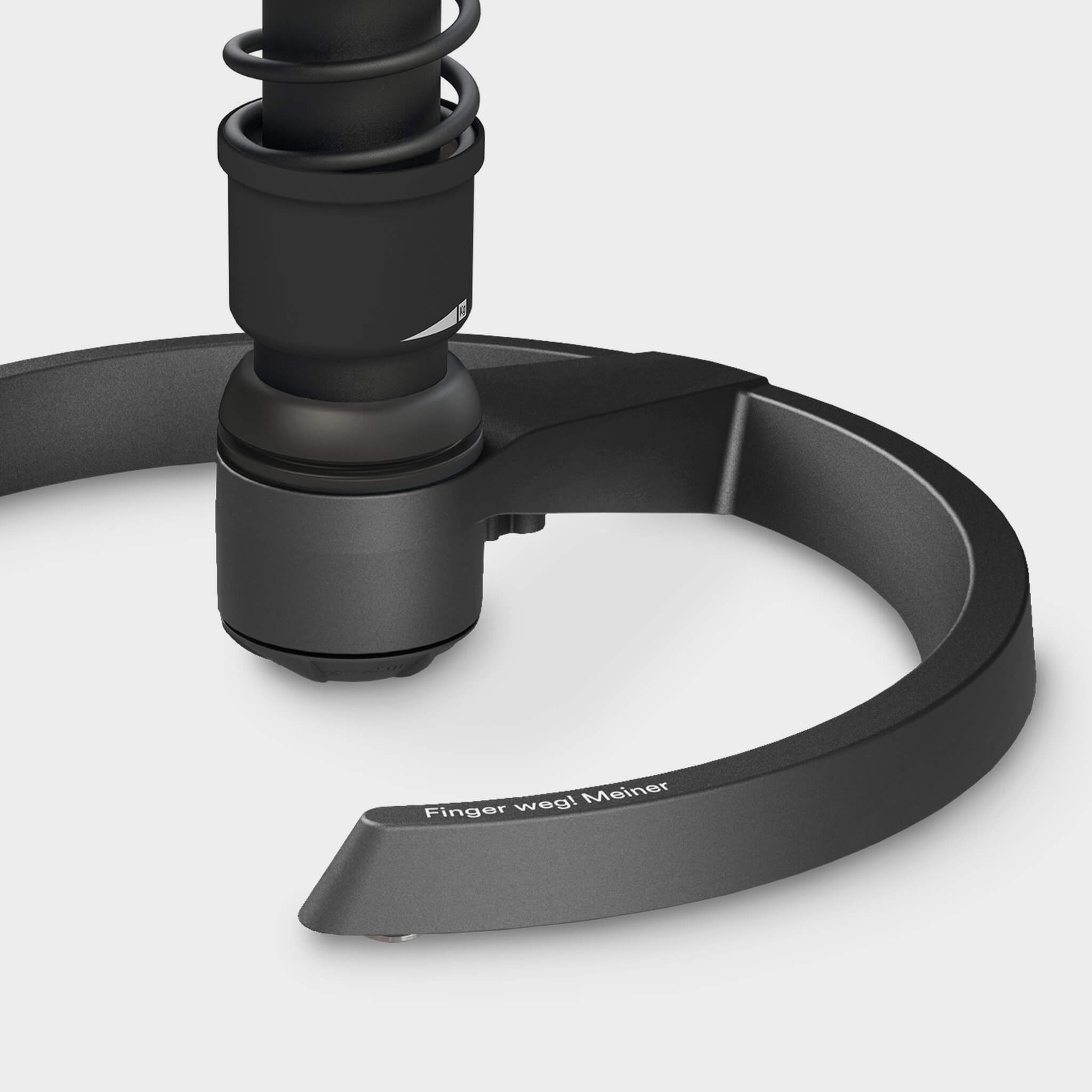Was heißt intuitive Bewegung?
Um intuitive Bewegung zu erklären, muss man zunächst einmal den Begriff „intuitiv“ oder „Intuition“ erklären. Intuition wird auch mit Empfindung umschrieben oder als Fähigkeit, im weitesten Sinne des Wortes Entscheidungen zu treffen, ohne bewusst darüber nachdenken zu müssen. Handelt ein Mensch also aus einer Intuition heraus – oder eben intuitiv – hat er darüber nicht lange nachdenken müssen, sondern empfindet diese Handlung, ohne dies erklären zu müssen oder sogar zu können, als richtig. Handelt es sich dabei um eine Bewegung, spricht man von intuitiver Bewegung.
Was wir ab einem bestimmten Alter völlig normal und selbstverständlich finden – gehen, greifen, drehen etc. – müssen Kleinkinder mühsam lernen. Das heißt, dass auch die intuitive Bewegung erst einmal entwickelt oder gelernt werden muss.
Von Hand Auge Koordination zu intuitiver Bewegung
Die korrekte Zusammenarbeit oder vielmehr das Zusammenspiel einzelner Muskeln und Körperteile geschieht über die Koordination. Kommt dabei das Auge im Spiel, wie beim Greifen, spricht man von Auge-Hand-Koordination. Die ist essentiell für die intuitive Steuerung des Körpers. Egal, ob zum Essen, zum Gehen und Laufen oder auch zum Sitzen.
Auch, wenn wir in der Regel keine größeren Probleme haben mit der Koordination zwischen Auge und Körper, so gibt es Fälle, in denen es Sinn macht, diese mit Übungen zu verbessern. Häufig gehen zum Beispiel Kinder in die Ergotherapie, um zum Beispiel besser schreiben zu lernen. Gerade in einer Welt, die immer hektischer wird, macht es durchaus Sinn, Körper, Geist, Bewusstsein – und so die Steuerung des Körpers sowie die Gestensteuerung– zu trainieren. Denn was gut geübt ist, geschieht irgendwann auch intuitiv. Das gilt für das Steuern des eigenen Körpers ebenso wie für die intuitive Bedienung von beispielsweise Maschinen.
Warum ist Intuition wichtig?
Unser Leben wird hektischer. Der Alltag ist bei vielen geprägt von Arbeit, Termindruck, Stress. Wir arbeiten zu viel und ernähren uns zu ungesund. Tatsächlich stößt man ab und zu an Grenzen – spätestens, wenn der Körper sich meldet, muss man die Signale ernst nehmen. Es fängt an mit kleinen Dingen, zum Beispiel das Sitzen im Büro.
Hat man nun nicht mehr die Ruhe, Handlungen, Taten oder Bewegungen intuitiv auszuführen, kommt es über kurz oder lang zu Verspannungen psychischer und physischer Natur mit den entsprechenden Folgebeschwerden.
Welche Übungen sind gut für die intuitive Bewegung?
Wer sich mit dem Thema auseinandersetzt, kann bereits am eigenen Körper spüren, an welcher Stelle er über die Jahre nachlässig geworden ist – und tatsächlich auch, dass diese Nachlässigkeit zu Blockaden führen kann. Die häufigsten Blockaden finden dabei übrigens im Rücken statt und äußern sich durch Rückenbeschwerden und Schmerzen.
Heutzutage gibt es eine Vielzahl von Möglichkeiten, die eigene Intuition zu verbessern. Das kann das Trainieren von Achtsamkeit sein, mit dem Ziel das Bewusstsein zu schärfen. Aber es sind auch die praktischen Übungen körperlicher Natur, um Muskulatur und so das Skelett zu stärken. Am einfachsten und gesündesten ist es natürlich, wenn die Übungen nicht als Übungen empfunden werden, sondern in den natürlichen Tagesablauf integriert sind. Wer zum Beispiel bei der Arbeit einen der ergonomischen Bürostühle von Aeris, wie z.B. die 3D-Aktiv-Sitze Aeris Swopper oder Aeris 3Dee, verwendet, bewegt sich intuitiv, da diese Sitzmöbel die intuitive Bewegung nicht nur fördern, sondern auch fordern dank einer ausgeklügelten 3D-Technologie. So kann man am eigenen Körper erleben, wie Bewegungen intuitiv geschehen.
